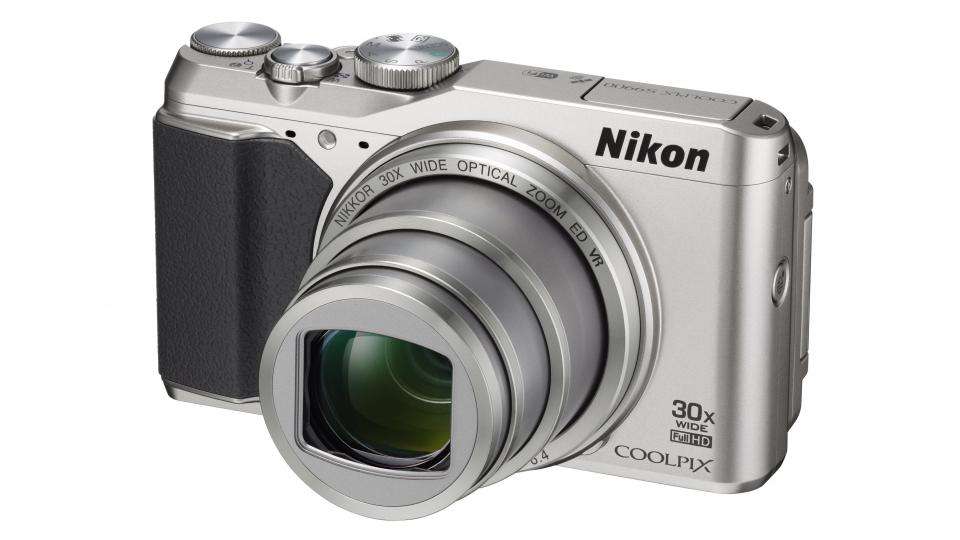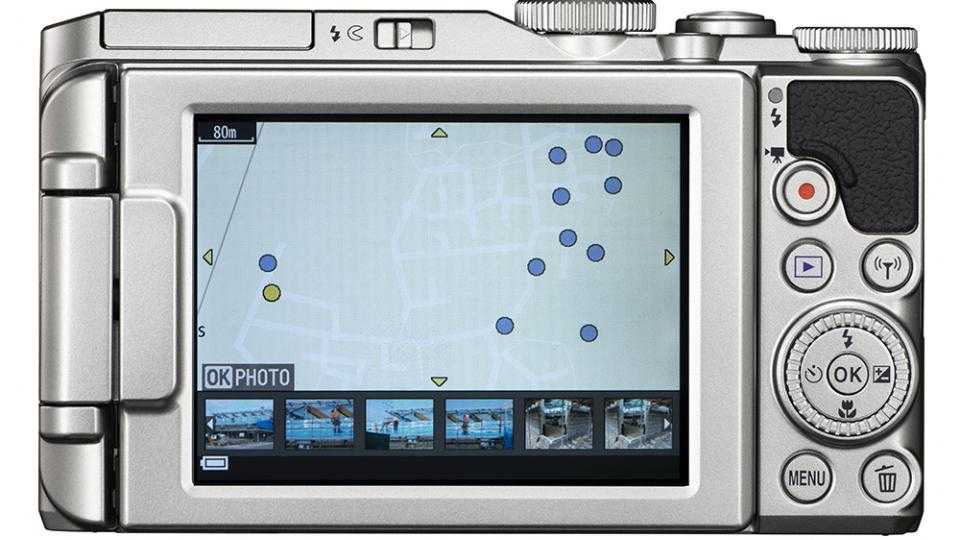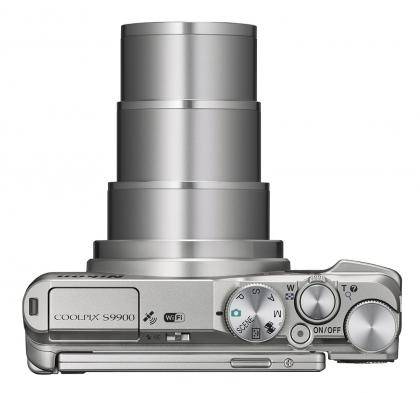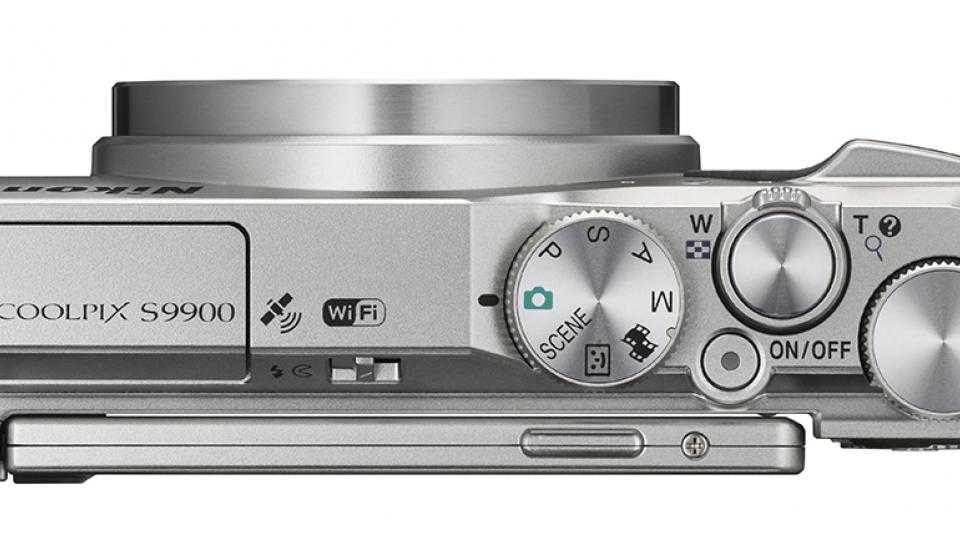The Nikon S9900 is an update to the S9700 , a pocket ultra-zoom camera that we really liked when we tested it in 2014. It uses what appear to be the same 30x lens and 16-megapixel sensor, and once again includes both Wi-Fi and GPS.

We loved the smart, functional design of the S9700, but the S9900 is even better. Its handgrip is more substantial and its rubber texture makes it feel extremely secure in the hand. There's a new command dial on the top plate, which along with the rear wheel gives direct, simultaneous access to shutter speed and aperture controls.

The most significant change is the introduction of an articulated screen. It's hinged at the side and can face in virtually any direction, including forwards for self-portraits and upwards for shooting at elbow height. This is a massively useful feature that makes cameras more comfortable and versatile, and it's the first time we've seen it on a pocket ultra-zoom camera. Being able to shoot at elbow height is particularly useful, as bracing your elbows against your waist makes it much easier to hold the camera steady – particularly useful for telephoto shots. The downside is that this is a relatively heavy and chunky camera for its class, weighing 294g and measuring 41mm from front to back. The S9700 was 235g and 34mm. Still, this is a sacrifice we'd gladly take for the benefit of an articulated screen.

The additional command dial is handy for manual exposure adjustment, but access to various other functions is surprisingly longwinded. There's no quick-access menu for commonly used functions, so the only way to adjust ISO speed, white balance, continuous mode and autofocus settings is via the main menu. Manual exposure mode is the only situation where the command dial and rear wheel have different functions, and there's no option to customise any of the buttons. There's a dedicated button to launch the Wi-Fi connection, and another to view either the current location or captured photos on a world map. These are welcome but we'd have liked to be able to reassign one or both to other functions.

At least there's quick access to the autofocus position. After selecting Manual AF Area in the menu, simply pressing OK and using the navigation pad is all it takes to reposition the autofocus area. This is particularly important for telephoto shots where the depth of field is narrow, so it's more noticeable when the camera has focused on the wrong part of the frame. The on-screen graphic to show the selected area is nice and small but we found that the active area was quite a bit larger than the graphic suggested. It's a minor point, but it did mean that the camera unexpectedly focused on the wrong subject in a few of our tests.
The Wi-Fi implementation is all pretty straightforward. Connections are to iOS and Android devices only. Photos stored on the camera are quick to browse in the app, and can be transferred at a choice of resolutions. The remote viewfinder mode has controls for shutter release, zoom and self-timer, plus an option to transfer captured photos to the app automatically.
This is a responsive camera, taking around two seconds to switch on and take a photo, and one second between subsequent shots. Autofocus was decisive too. Continuous mode ran at either 5.9fps or 2.2fps, but only lasted for five shots before the camera needed to take a break to save them. We'd have preferred a longer burst of shots but it's a fairly typical result for this type of camera. Continues on Page 2
